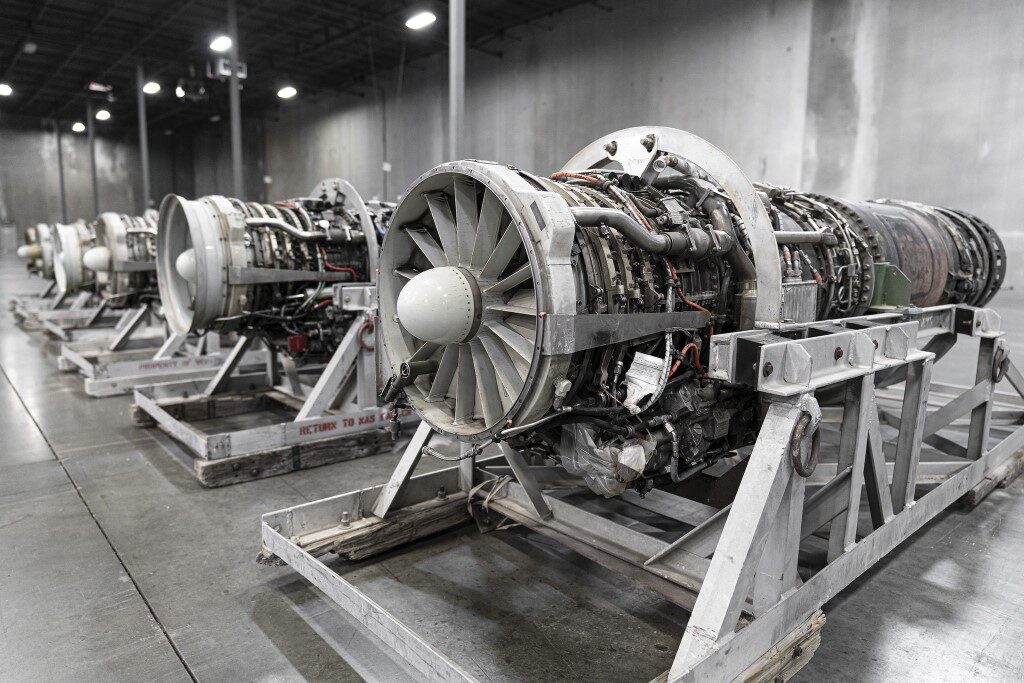Mach 10 Travel Closer to Reality as New Study Simplifies Hypersonic Design

The once-fictional idea of shrinking long-haul flights to a single hour is now a major step closer to reality. A new study led by Professor Nicholaus Parziale at the Stevens Institute of Technology provides rare experimental evidence supporting a long-standing theory that could dramatically simplify hypersonic aircraft design.
Hypersonic travel refers to speeds of Mach 5 and above. At Mach 10 — roughly 7,000 mph — a flight such as Sydney to Los Angeles could drop from 15 hours to just one. Parziale says such capabilities “shrink the planet,” paving the way for faster, easier and more accessible global travel.
One of the biggest engineering challenges is understanding how air behaves at ultra-high speeds. Above the speed of sound, airflow becomes compressible, meaning its density changes significantly under pressure and temperature. This shift affects lift, drag and thrust, making hypersonic aircraft far more complex to design.
For decades, engineers have relied on Morkovin’s hypothesis — a theory suggesting turbulence behaves similarly at both low speeds and high speeds, despite the extreme conditions at Mach numbers above five. If true, it means existing turbulence models could be applied to hypersonic aircraft, reducing the need for entirely new aerodynamic frameworks.
Until now, the hypothesis lacked strong experimental proof. Parziale’s team built a custom Mach 6 testing system over 11 years to study airflow in unprecedented detail. By injecting krypton gas into the wind tunnel and ionizing it with lasers, researchers created a glowing tracer line. High-resolution cameras captured how this line warped and twisted, revealing the turbulent structures within the flow.
The results showed that turbulence at Mach 6 behaves similarly to turbulence in incompressible, lower-speed air — lending significant support to Morkovin’s theory. Although further validation is needed across more conditions, the findings suggest future hypersonic aircraft may not require radically different designs.
This breakthrough could also influence space travel. Parziale notes that simplified hypersonic systems could one day allow aircraft to fly into space without relying entirely on rocket launches — a potential game-changer for reaching low Earth orbit.
While Mach 10 travel still faces engineering hurdles, this new study brings the next generation of ultrafast global and orbital transport much closer to achievable reality.
Related News: https://airguide.info/category/air-travel-business/aircraft-finance/
Sources: AirGuide Business airguide.info, bing.com, interestingengineering.com
